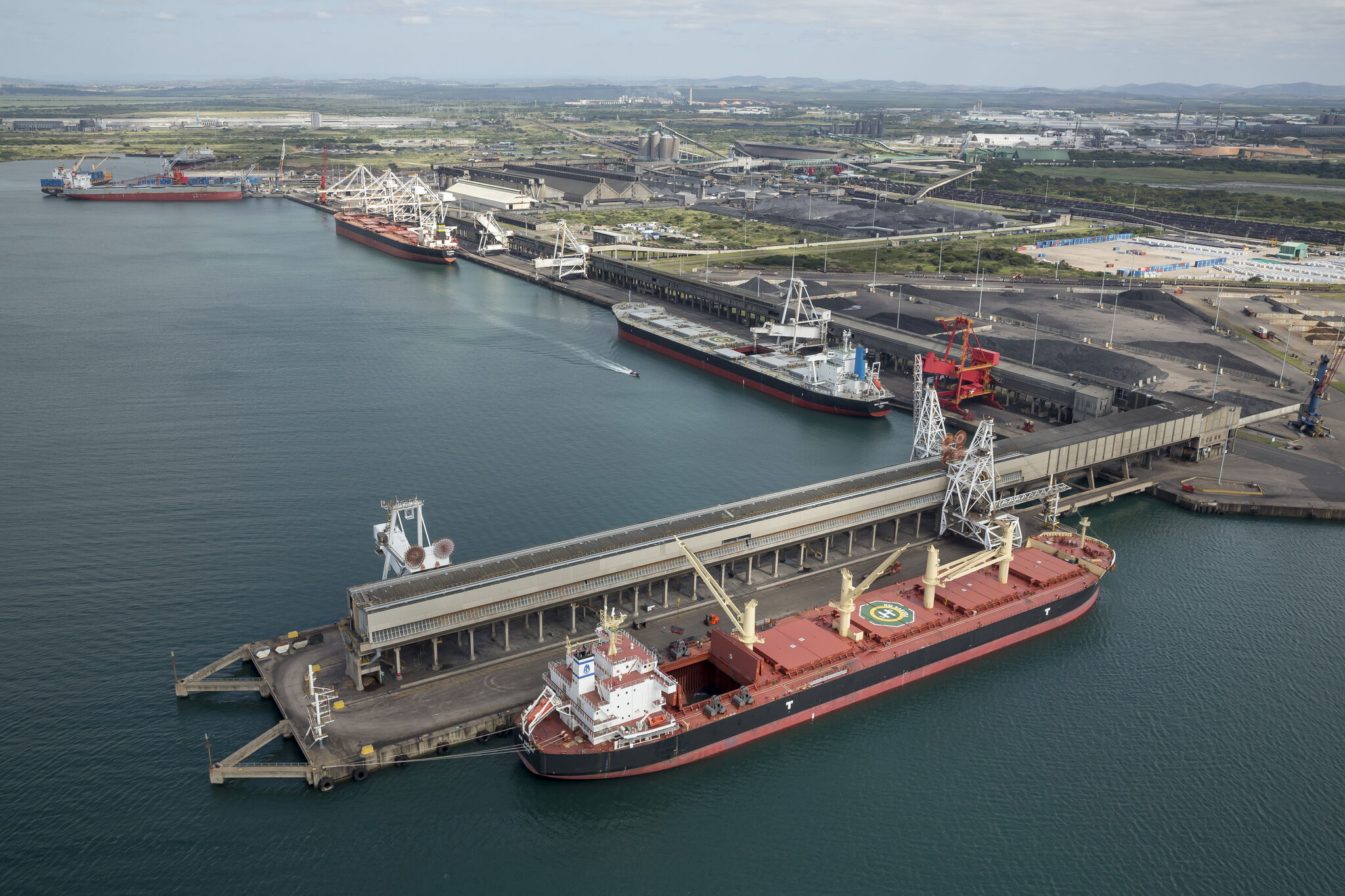Dutch terminal operator Vopak and its partner Transnet Pipelines are testing the market’s interest in regasification and storage capacity at their planned LNG terminal in South Africa’s Richards Bay.
In January, South Africa’s Transnet National Ports Authority appointed the two firms to build and operate the import facility at the Port of Richards Bay.
Both TNPA and Transnet Pipeline are part of South African rail, port, and pipeline company, Transnet, owned by the government of South Africa.
Vopak is developing the project via its 70 percent owned joint venture Vopak Terminal Durban.
According to a document issued this month, Vopak Terminal Durban and Transnet Pipelines are inviting parties interested in booking capacity at their proposed LNG import terminal, named Zululand Energy Terminal, in Richards Bay to submit their expression of interest.
The expression of interest must be submitted by April 12.
Following the closing date, the submission will be reviewed and initial feedback will be provided no later than May 10.
“The purpose of this EOI is to provide interested parties with further information and to assist the joint venture in understanding the preliminary market interest in the proposed LNG terminal in Richards Bay,” the two firms said.
FSU and onshore regasification in first phase
The partners aim to incorporate a joint venture that will develop, construct, and operate the new LNG terminal in Richards Bay.
This proposed facility will provide LNG receiving, storage, marine bunkering, truck loading, regasification, and gas transmission pipeline services to their customers on a long-term basis.
Customers will be responsible for securing their own LNG supply and will enter into a terminal user agreement (TUA) with the joint venture for provision of the services, they said.
Vopak and Transnet Pipelines now also revealed more details regarding the planned facility.
According to the two firms, the first phase of the LNG terminal includes a floating storage unit (FSU) of at least 135,000 cbm and an onshore regasification system with an indicative capacity of 2 mtpa, or about 300 mmscfd.
The planning basis is targeting the commercial operations date (COD) in 2027.
Moreover, the second phase of the terminal includes an onshore LNG tank with an indicative capacity of 200,000 cbm, potentially replacing the FSU, and additional regas capacity, increasing the total capacity up to 5 mtpa, or about 750 mmscfd.
The commercial operations date for this phase can be as early as 2030, they said.
The planned LNG terminal in Richards Bay will be interconnected via a new pipeline link to the Lilly pipeline at Empangeni.

